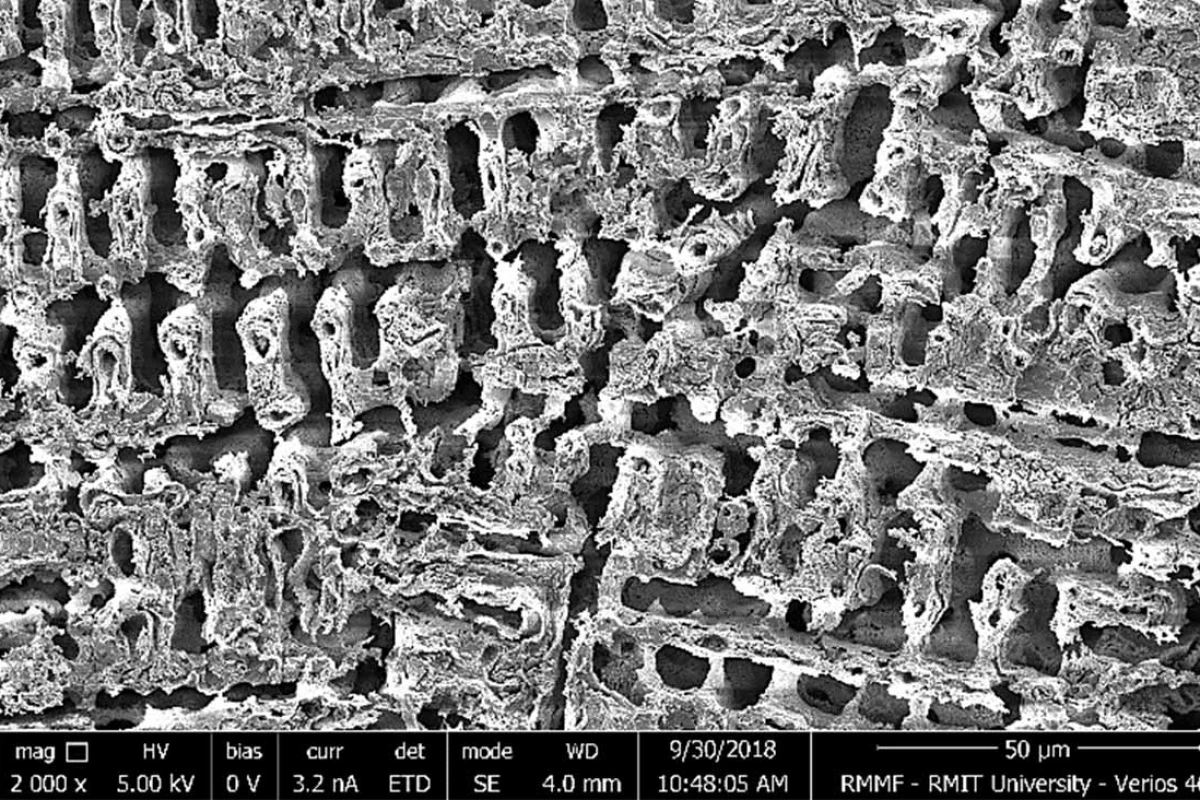While copper does kill bacteria on contact, it typically takes at least an hour to do the job thoroughly. Such is not the case with an experimental new type of copper, however, which is claimed to eradicate almost 100 percent of harmful bacteria in just two minutes.
Regular copper kills bacteria by releasing ions which punch holes in the microbes' protective outer membranes. It's not an instantaneous process, though, taking anywhere from one to four hours to eliminate nearly all of the bacteria that are present on the metal.
This means that if copper is being used to keep commonly-touched surfaces germ-free, well … a lot of people could touch the surface of an item such as a door handle within an hour. That's where the new copper comes in.
Developed via a collaboration between Australia's RMIT University and CSIRO science agency, it's made by first creating a molded alloy made up of copper and manganese atoms. In an inexpensive chemical process known appropriately enough as "dealloying," the maganese atoms are then removed. What's left over is a porous type of copper, full of micro- and nanoscale cavities where the manganese atoms used to be.
This structure gives it way more surface area than normal smooth copper, allowing it to release ions in much greater numbers. Additionally, whereas water forms into droplets on traditional copper surfaces, it's absorbed and spread out into a thin film on the "special" copper. According to the researchers, this causes each bacterium to get stretched out across the copper, making it easier for the ions to infiltrate its outer membranes.

"A standard copper surface will kill about 97 percent of golden staph within four hours," says RMIT's Prof. Ma Qian. "Incredibly, when we placed golden staph bacteria on our specially-designed copper surface, it destroyed more than 99.99 percent of the cells in just two minutes. So not only is it more effective, it’s 120 times faster."
The scientists are now investigating how effective the copper is at killing the SARS-COV-2 virus, which causes COVID-19.
A paper on the research was recently published in the journal Biomaterials. Readers might also be interested in a study performed at Indiana's Purdue University, in which a laser etching process was used to increase copper's surface area, boosting its antibacterial effect.
Source: RMIT University




